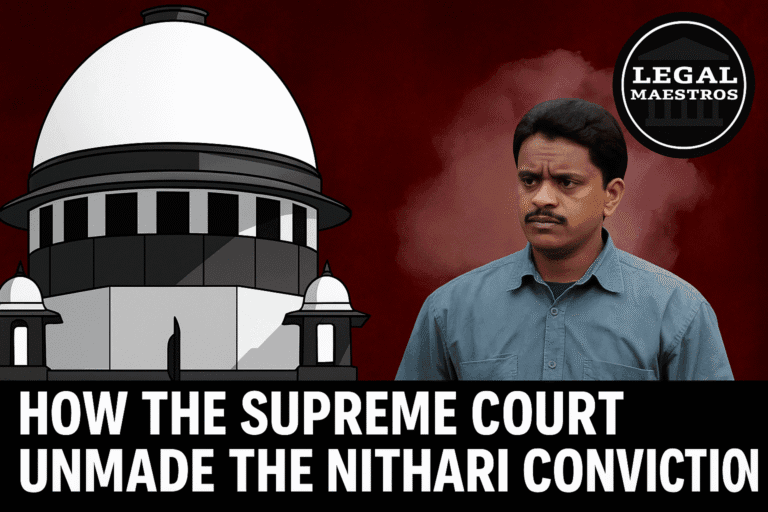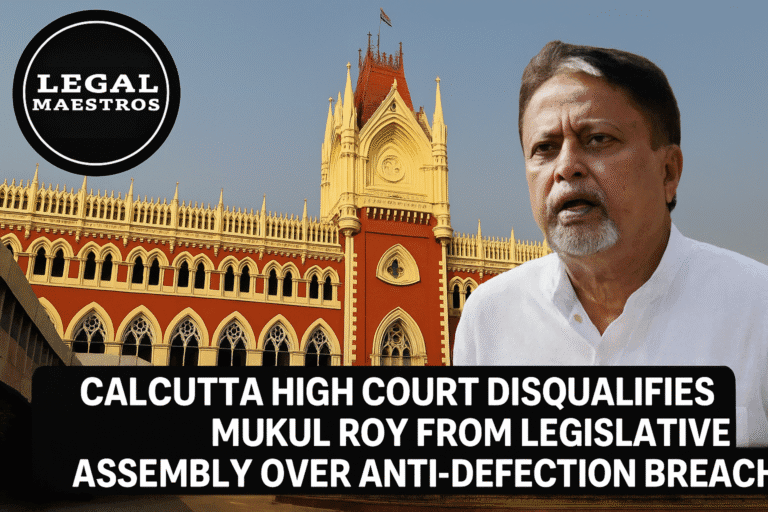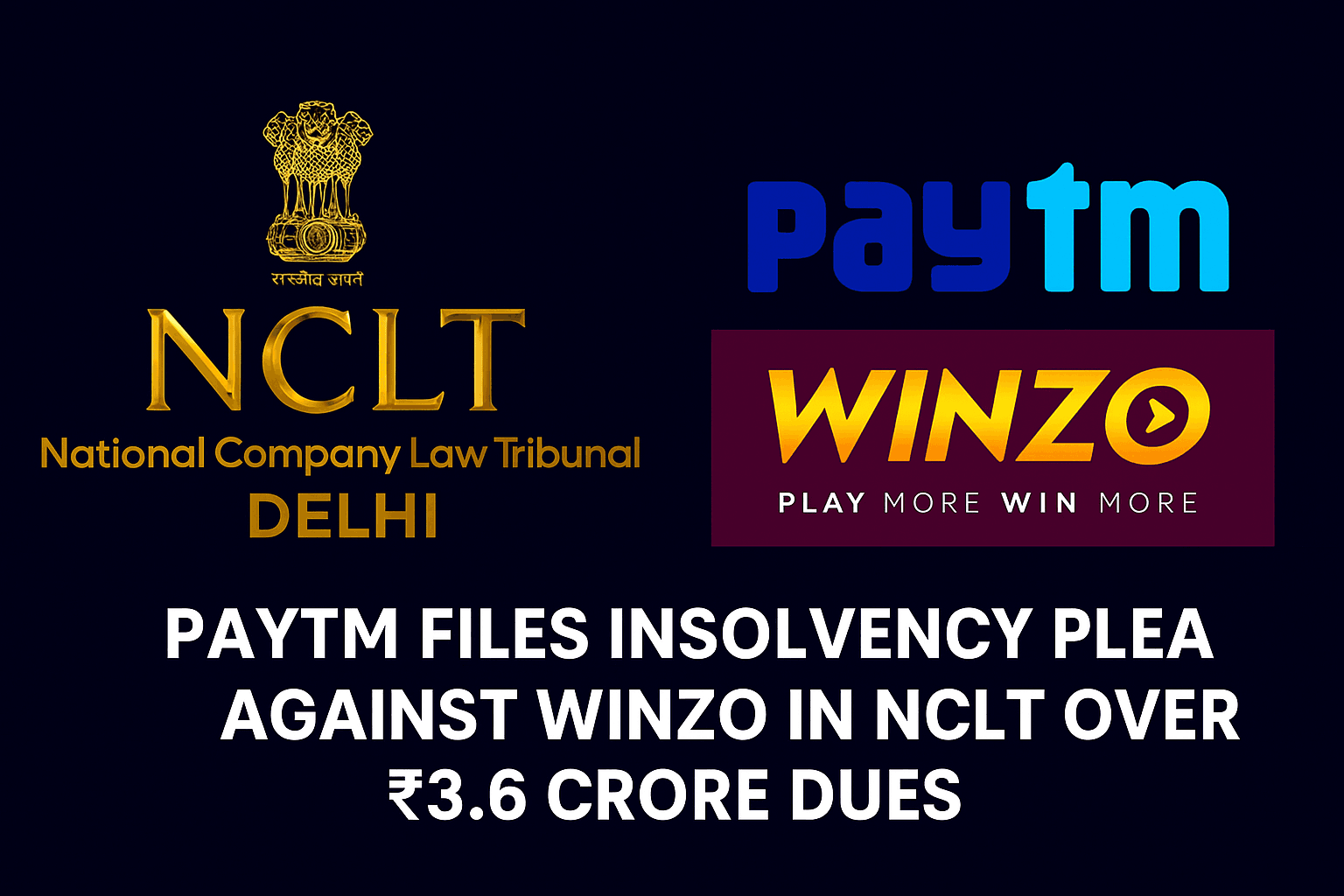
Justice Surya Kant Clarifies Copyright vs. Design Protection in Industrial IP Disputes
Introduction
A complex and significant question regarding the overlap of intellectual property rights, particularly copyright and design protection, was addressed by the Supreme Court of India in a landmark judgment that was delivered on April 15, 2025. The case known as “Cryogas Equipment Private Limited v. Inox India Limited & Others” was the subject of the case. The opinion, which was written by the Honorable Mr. Justice Surya Kant, provides in-depth direction about the applicability of Section 15(2) of the Copyright Act of 1957 and Section 2(d) of the Designs Act of 2000. The Court placed an emphasis on the judicial restrictions that are involved in the application of Order VII Rule 11 of the Code of Civil Procedure, 1908 (CPC), and gave particular attention to the legal test that is used to determine when copyright protection for works that are capable of design registration ends.
The Reality of the Situation
This case included a disagreement between the respondent, Inox India Limited, and two appellants, Cryogas Equipment Private Limited and LNG Express India Private Limited. Inox India Limited was the respondent in this case. Inox filed a commercial lawsuit in 2018, saying that the appellants had violated its intellectual property by duplicating engineering drawings and supporting paperwork that were utilized in the construction of cryogenic semi-trailers for the transportation of liquefied natural gas (LNG). There were two categories that were used to classify these drawings: artistic “Proprietary Engineering Drawings” and technical “Literary Works” such as quality guides and design methods.
Declaratory relief, damages in the amount of ₹2 crores, and an injunction against further infringement were the things that Inox requested. In response, the appellants submitted an application in accordance with Order VII Rule 11 of the CPC. In the application, they argued that the lawsuit ought to be dismissed because the works in question were classified as “designs” under the Designs Act and had been reproduced more than fifty times, which triggered Section 15(2) of the Copyright Act. The copyright protection for unregistered designs that have been employed in industrial processes for more than fifty times is terminated, according to this provision.
For any queries or to publish an article or post or advertisement on our platform, do call at +91 6377460764 or email us at contact@legalmaestros.com.
In accordance with the ruling of the Commercial Court, the complaint was dismissed; however, the Gujarat High Court overturned this decision and reinstated the lawsuit. Following this, the appellants made their way to the Supreme Court.
Principal Concerns Legally
Whether or not the lawsuit filed by Inox was legally barred by law in accordance with Section 15(2) of the Copyright Act, and whether or not the complaint was liable to be dismissed at the threshold in accordance with Order VII Rule 11 of the CPC, were the primary legal issues that were brought before the Court. In order to accomplish this, the Court was necessary to investigate the precise legal meaning of the terms “artistic works” and “designs,” as well as the criteria that should be used to determine whether or not a particular work is considered a “design,” and the stage at which such decisions should be made.
A comprehension of the second paragraph of Section 15 of the Copyright Act
When a work, even if it has not been registered, is capable of being registered as a design under the Designs Act and has been copied more than fifty times by an industrial process, the copyright in that work is terminated, as stated in Section 15(2) of the Act. The purpose of this provision is to differentiate between original artistic works that are entitled to long-term copyright protection and industrial designs, which ought to be protected under the Designs Act for a limited duration.
For any queries or to publish an article or post or advertisement on our platform, do call at +91 6377460764 or email us at contact@legalmaestros.com.
It was asserted by the appellants that the engineering drawings had previously been utilized in the production of more than fifty semi-trailers and that they had been employed in an industrial setting, which would make them designs. As a result, the copyright had run out. On the other hand, Inox maintained that the drawings did not have any visual appeal and so could not be registered as designs because they related to internal components. In addition, Inox contended that the literary components of the documents were separate and not subject to the same limits as the rest of the materials.
Identifying the Difference Between Design and Copyright
A comprehensive legal and comparative examination was carried out by Justice Surya Kant in order to ascertain the extent to which copyrights and designs overlap with one another. According to the explanation provided by the Court, drawings and diagrams are considered to be “artistic works” under Section 2(c) of the Copyright Act, regardless of the artistic quality of the drawings or diagrams. In the meantime, according to Section 2(d) of the Designs Act, the term “design” refers to characteristics of shape or ornamentation that are given to an item by an industrial process and evaluated entirely based on the item’s visual attractiveness.
Both the duration and the aim of these two types of intellectual property protection are distinct, as the Supreme Court pointed out. In contrast to design protection, which is only in effect for a short length of time and is focused on commercially exploited visual aspects, copyright is in effect for a significantly longer amount of time and encompasses original creative expression.
For any queries or to publish an article or post or advertisement on our platform, do call at +91 6377460764 or email us at contact@legalmaestros.com.
The Court came to the conclusion that the simple fact that a drawing is utilized in the manufacturing business does not inherently distinguish it as a design. In accordance with the Designs Act, a piece of work must be visually appealing and must be applied to a product through the process of industrial manufacturing in order to be considered a design. It is only when these conditions are satisfied and the product is replicated more than fifty times that Section 15(2) comes into effect and allows the copyright to be terminated.
The Functional Utility Test is in progress.
One of the most important tools that the Supreme Court utilized in order to differentiate between artistic works and designs that were protected by copyright was the “functional utility test.” The goal of this test is to determine if the characteristics of a work exist just for the purpose of function or whether they serve an aesthetic purpose. This test is derived from Indian and international jurisprudence. As opposed to being considered an artistic effort, the feature is considered to be a design if its main aim is to fulfill a practical functionality.
The Supreme Court also made reference to the “conceptual separability” test that is a part of the United States copyright law. This test determines whether or not the artistic components of a useful piece may be separated from the functional components of the article. Both techniques were brought into harmony by the Supreme Court, which also made it clear that the only time a piece of work can be protected by copyright is when its visual or artistic characteristics are more prominent than its utility.
For any queries or to publish an article or post or advertisement on our platform, do call at +91 6377460764 or email us at contact@legalmaestros.com.
For More Updates & Regular Notes Join Our Whats App Group (https://chat.whatsapp.com/DkucckgAEJbCtXwXr2yIt0) and Telegram Group ( https://t.me/legalmaestroeducators )
Jurisdiction and the Function of Rule 11 of the Code of Criminal Procedure
As a result of the Commercial Court’s early rejection of the complaint in accordance with Order VII Rule 11 of the CPC, the Supreme Court issued a harsh criticism. According to this rule, a court has the authority to dismiss a complaint if it does not disclose a cause of action or if it is prohibited by local or federal legislation. On the other hand, the Court underlined that the question of whether a work is considered a “design” or a “artistic work” is a “mixed question of law and fact.” Therefore, it is not possible to make a decision based solely on reading the complaint and without conducting a thorough trial.
Justice Surya Kant came to the conclusion that the Commercial Court made a mistake when it made factual assumptions without enabling Inox to provide evidence. These assumptions included the number of trailers that were constructed or the aesthetic appeal of the internal components. In a reiteration, the Court emphasized that Rule 11 of Order VII should be utilized in a limited capacity and not in situations where the issue is dependent on facts and interpretation.
For any queries or to publish an article or post or advertisement on our platform, do call at +91 6377460764 or email us at contact@legalmaestros.com.
Implications and Directions for the Future
In particular, this ruling establishes a thorough legal framework for future intellectual property issues in India, particularly in industries where engineering drawings, blueprints, or technical designs are frequently utilized. According to the ruling, the following explanations are provided:
In the first place, the Court devised a two-pronged test to decide whether or not a piece of work is eligible for protection under copyright or design policies: (i) Does the work stand as an original representation of creative merit? The second question is whether or not it retains aesthetic appeal beyond its practical purpose if it is employed in an industrial setting.
Second, the decision held that plaintiffs cannot circumvent the registration requirements of the Designs Act by incorrectly designating industrial designs as artistic works in accordance with the Copyright Act. Nevertheless, they must be given the opportunity to prove their claims during the trial, unless it is evident from the pleadings that the case is obviously prohibited by existing legal precedent.
For any queries or to publish an article or post or advertisement on our platform, do call at +91 6377460764 or email us at contact@legalmaestros.com.
Thirdly, the decision guarantees that industrial innovators and creators will be safeguarded, but only within the constraints of the appropriate legal framework. Rather from being covered by the more extensive copyright regime, an item that is intended for mass manufacture and has a visually appealing appearance ought to be protected under the Designs Act.





![Research Assistantship @ Sahibnoor Singh Sindhu, [Remote; Stipend of Rs. 7.5k; Dec 2025 & Jan 2026]: Apply by Nov 14, 2025!](https://legalmaestros.com/wp-content/uploads/2025/11/Gemini_Generated_Image_s0k4u6s0k4u6s0k4-768x707.png)
![Karanjawala & Co Hiring Freshers for Legal Counsel [Immediate Joining; Full Time Position in Delhi]: Apply Now!](https://legalmaestros.com/wp-content/uploads/2025/11/Gemini_Generated_Image_52f8mg52f8mg52f8-768x711.png)